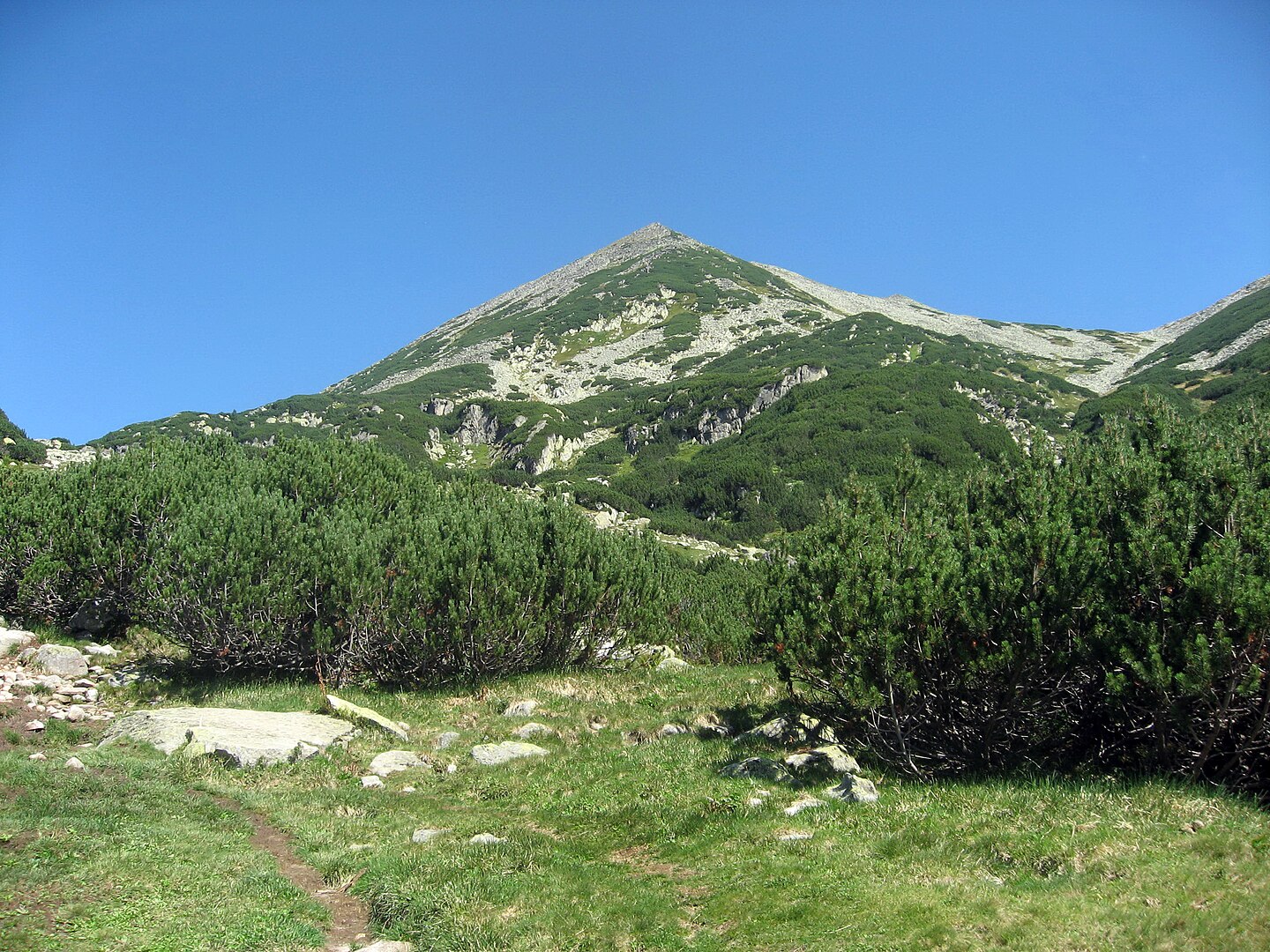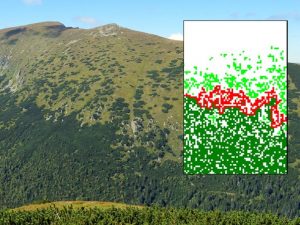
The goal is to be among the top 25 innovators in the world and among the top 10 innovators in Europe.Continue reading

One of the consequences of climate change is that the habitats of some species are shifting. For instance, the tree line is moving upwards in the high mountains as a result of warming. The question is whether the species’ dispersal speed is fast enough to follow the habitats that suit them.
Dr. Beáta Oborny, Senior Research Fellow at the Institute of Evolution at the HUN-REN Center for Ecological Research and Associate Professor at the Institute of Biology of ELTE (Eötvös Lóránd Univesrity) and her colleagues have developed a new method to study the distribution of species. The paper, co-authored by Dániel Zimmermann, a researcher at the Institute of Biology at ELTE, was awarded the title “article of the month” in the journal Ecography.
The new method, based on some general characteristics of population distribution, can be used to compare different species or geographical locations. The habitats of some species are shifting, and some of them are losing their geographical range, while others are holding steady or even expanding. The question is whether the species’ dispersal speed is fast enough to follow the habitats that suit them. In the former case, range contraction is a threat to many protected species today. Expansion becomes noticeable to most people when a pest – such as a weed species – or a disease pathogen appears in new areas.
Such areal movements are happening all over the planet, across a wide range of plants, animals, and other species, and at an increasing rate as climate change progresses.
The survival of entire ecosystems could be threatened by extinctions and new invasions. This phenomenon is now a conservation and economic challenge at the planetary level.
Whether it is a question of range contraction or expansion, it is important to be able to accurately identify the current range limits of species, as these can be compared to future ones.
The task is not self-evident, as the edges of the range often have a complex pattern, as illustrated by the tree line in the image below.
A further difficulty is that the pattern of sites occupied by a species changes over time due to the death of existing individuals and the birth and movement of new ones – for instance, seed dispersal in plants. Therefore, in a complex pattern, random fluctuations should be separated from trend shifts, and in the shortest possible time. Despite the importance of the task, there is currently no generally used method for delimiting the range.

Dwarf mountain pine line in the Low Tatras. The smaller image is a snapshot from a simulation. The red line is the front line of the contiguous area marked in dark green. Outside this area, there are also island-like occurrences (light green). Photo by Konrád Lájer, simulated image by Beáta Oborny. Source: hun-ren.hu
Dr. Oborny and her colleagues propose a new method to accurately delineate the area of distribution and better detect shifts. The idea is that unlike most methods in use today, it is not worth looking at the outermost, isolated occurrences of a species. However important these isolated occurrences may be in other respects, they are not well suited to detecting shifts because they are statistically unreliable.
Instead, it is more useful to observe another area between a continuous and a fragmented occurrence, marked by a red line in the illustration above.
Here the density of occurrence is higher and the random fluctuations are smaller. The limit of distribution should be drawn at the center line of this population front and its movement should be followed.
The researchers tested the usefulness of the method using computer simulations. They studied the formation and movement of population fronts under different environmental conditions for species with different traits, and found that they have a characteristic spatial structure (fractal with dimension 7/4). When climate change occurs and the front moves as a result, the fractal structure is maintained whether the front is retreating or advancing, provided that the advance is not too rapid.
In the case of rapid advance, the front is distorted, as can be seen from the reduction in fractal dimension. Thus, it is possible to detect when the species can no longer track the movement of the habitat, i.e. when it is “lagging behind in the race.”
With this new method, the researchers aim to effectively monitor changes in species’ ranges. It has the advantage of being based on some general characteristics of population dispersal, so that different species in different geographical locations can be compared. This can help researchers to better understand species movements due to changing climate on a global scale. Further studies could provide ideas on how to more effectively help or hinder the spread of a particular species.
Via hun-ren.hu, Featured image: Wikipedia